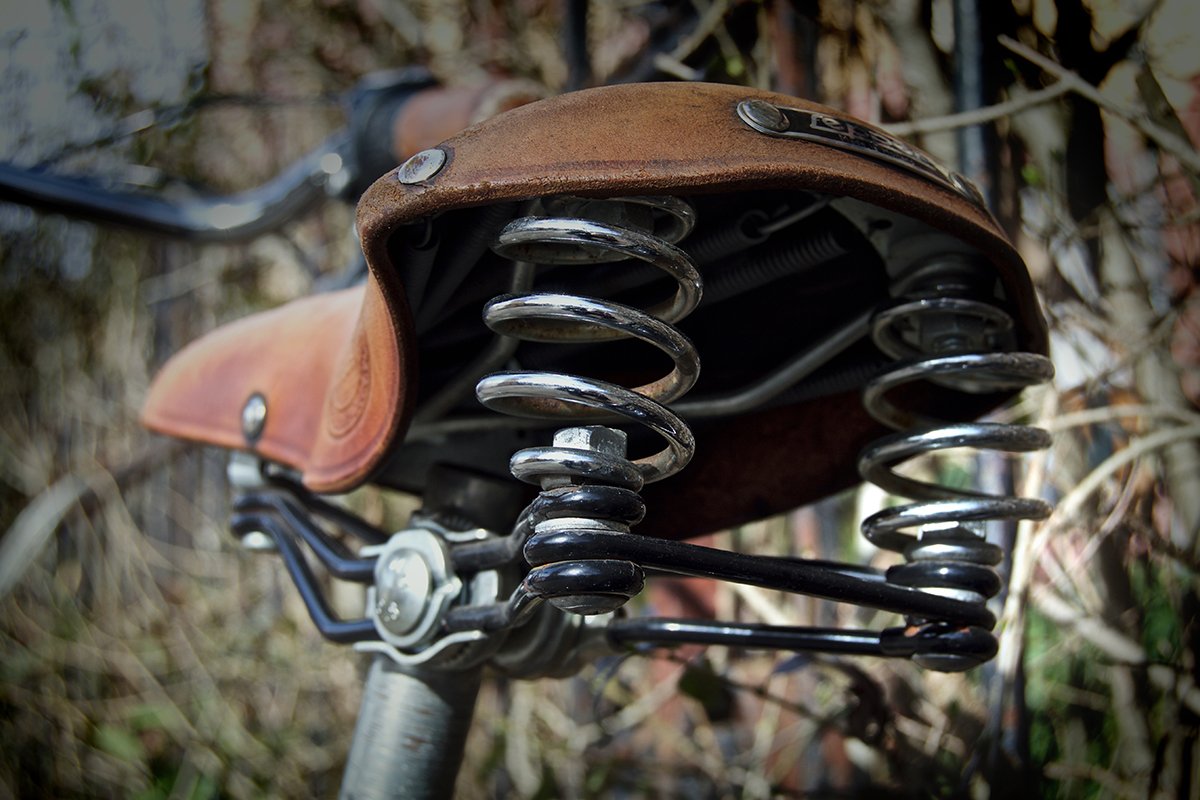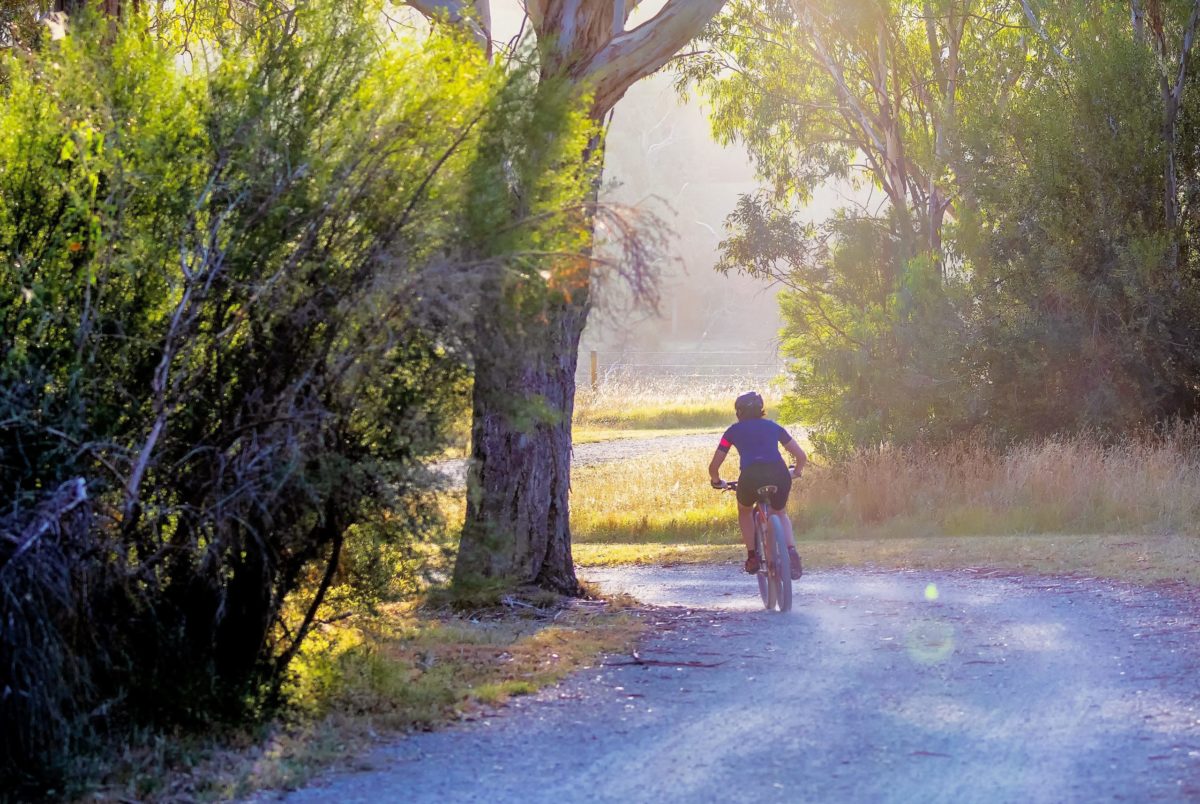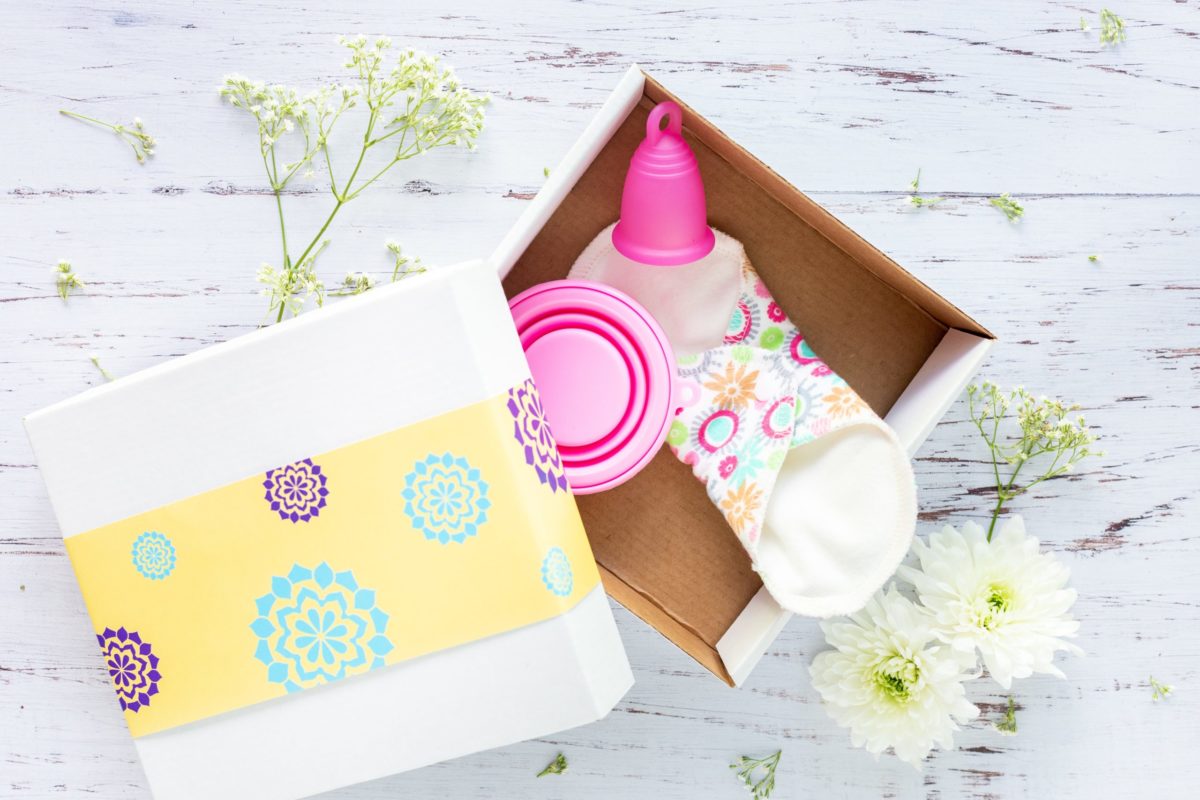Women’s participation in cycling is on the rise, and it comes as no surprise when the UK is home to some of the most legendary female riders on the planet. When you have the likes of Lizzie Deignan, Dame Sarah Storey and Rachel Atherton dominating their disciplines, you can’t help but feel a little inspired to get on the bike yourself.

However, one barrier that many women face when entering cycling is feeling uncomfortable on a bicycle saddle, and who wouldn’t, they don’t exactly look comfortable to sit on for hours on end! Well, worry not because this cycling guide to a comfy behind will help you choose the right products and find a winning combination that opens up a whole new world on two-wheels, just waiting to be explored.
SADDLES
Bikes are equipped with a standard saddle when purchased, but this may not be suitable for everyone, which is why saddles are often swapped out for a different, and more preferred model. It goes without saying that we’re all anatomically different, so it’s certainly not a one-size-fits-all scenario. Fortunately, there is an abundance of saddles on the market to try out. Some brands manufacture women’s specific saddles, which is a great place to start looking.
Women’s specific saddles often have a cut-out channel running down the middle. The idea behind this is that you’re not putting too much uncomfortable pressure on soft tissue areas. Another point to consider is the saddle width. Widths can vary anywhere between 130mm to 160mm, and they typically indicate the distance between your sit bones. Many bike stores will have saddle measuring facility. Still, if you don’t want to be measuring your sit bones in a shop, then you can do this at home for a rough indication:
Place a sheet of tin foil on one of your stairs. Carefully sit down on top of the tinfoil as straight as you can. Carefully stand up again as not to crumple the foil, and then measure from the centre point of each impression mark left before. Et voilá, your sit bone measurement! The aim is to find a saddle that supports both sit bones simultaneously, you don’t want to be teetering from one to another!
Saddles are very personal, and they can make or break a ride, so it’s a good idea to try before you buy whenever possible. Be sure to have your saddle fitted and adjusted carefully as a poor angle can also lead to discomfort.

CHAMOIS SHORTS
Now, couple your new saddle with a pair of quality chamois shorts, and you’re laughing without a care in your undercarriage!
Chamois shorts may feel like you’re wearing a nappy at first, but that will go away once you’re more used to them, promise! The idea behind chamois (or padded) shorts is that not only do they offer a little extra cushioning for the sit bones, but they also help reduce chafing while providing compression for your muscles. Also, many good-quality chamois’ comes with an antimicrobial coating to keep things feeling fresher! Typically, you don’t wear knickers with your chamois shorts but wear or don’t wear what you’re most comfortable with.
Like with saddles, there are different styles of padded shorts to consider. You can purchase “knicker” types which are essentially shorts, and you can grab yourself bib-shorts which are knickers which shoulder straps. While bib-shorts are more common in road cycling, it’s not rare to seem them on the trails too!
Always remember to wash your chamois shorts and wear clean ones for every ride, where possible!

CHAMOIS CREAM
Even with a great pair of chamois shorts and a comfortable saddle, one of the most common undercarriage issues women can face is chaffing. When you have a build-up of heat, moisture and repetitive moving pressure, you have the perfect storm for sore skin.
Chamois creams are designed to help prevent this from happening. By using ingredients with anti-inflammatory and moisturising properties, mixed in with some tee tree oil and other safe-for-skin elements, chamois creams will help reduce friction between your skin and the fabric. Therefore, they help to reduce the effects of chafing.
A top tip for the application would be to apply the chamois cream with clean hands directly to the chamois shorts, rather than onto your skin. This is considered more hygienic, especially if you share creams with other people. Always be sure to read the label carefully and check the ingredients for any known allergens.
PUBIC HAIR
Yes, believe it or not, your pubic hair can play a vital part in undercarriage discomfort. British Cycling banned Team GB from bikini waxing in 2016 after it was found that waxing was causing a higher number of ingrowing hairs and infected pores, which were affecting their athletes. When hair is waxed from the root, it grows back softer and weaker, so much so that it can be difficult for the hair to break through the skin. When this happens, and you’re adding pressure and heat from being in the saddle, the results may not be very pleasant.
Instead, British Cycling advised an au natural approach to pubic hair, claiming that pubic hair creates a moving layer between the skin and fabric of the padded shorts, similar to what chamois cream does. This moving layer reduces friction, chaffing and helps to prevent infected pores and ingrowing hairs.

SANITARY PRODUCTS
Having your period is no reason not to ride your bike, and even though it may be the last thing you want to do, cycling is an excellent way of relieving cramps and boosting your mood.
Tampons, pads or cups, whatever you prefer to use usually, may not be right for you on the bike. For example, if you are keen bikepacking for miles and miles, even more, multiple days, then you may prefer to use a menstrual cup as it’s reusable, takes up far less space than tampons and they’re sustainable. When it comes to period comfort and cycling, this is most definitely a personal choice that will come through trial and error.
Outro: It may take some trial and error to find the right combination for your comfortable ride. Still, it’s a great idea to try-before-you-buy wherever possible. If you’re looking for recommendations on products, then why not speak with your local bike shop or cycling club for insider knowledge. Alternatively, the internet is a handy tool for looking up product reviews and comparisons so you can be as informed as possible before making any purchases.
Don’t let a pain in the bum put you off from riding your bike this year. Enjoy life on two wheels, seeking adventure and exploring new lands with a very comfortable and happy undercarriage.
Yellow Jersey bicycle insurance will cover your bicycle for mountain biking worldwide and our travel insurance is specifically tailored to look after you should you have an accident on a mountain biking holiday.